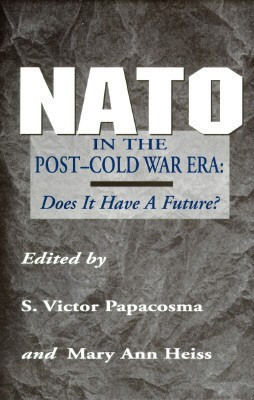NATO in the Post-Cold War Era(English, Hardcover, unknown)
Quick Overview
Product Price Comparison
Established in 1949, the North Atlantic Treaty Organization (NATO) performed its assigned mission exceedingly well as it secured peace for its member states and avoided military confrontation between the superpowers during the remaining four decades of the Cold War. But with the dramatic changes that began in 1989, an identity crisis has plagued NATO. Whereas the Cold War years had essentially defined who would be fighting whom in a future conflict, the uncertain post-1989 years are introducing new and possibly calamitous variables. Despite the fact that hardly a voice has been heard calling for its dissolution and that states from the former Warsaw Pact are seeking membership, NATO's members face the demanding task of defining the new strategic challenges and formulating appropriate policies and responses. The articles in this volume combine to present a comprehensive investigation of the diverse problems confronting NATO. The contributions each provide relevant historical background before analyzing current conditions and projecting into the future. An opening essay offers an overview of NATO after forty-five years and is followed by others dealing with NATO's structural changes for the 1990s, NATO's shifting strategy, and NATO's developing connections with other international organizations, such as the United Nations, CSCE, and the European Community. The concluding part of the volume includes essays focusing on NATO's associations with the United States, the Anglo-American "special relationship," the Balkans, the former Warsaw Pact states, and the Middle East.


